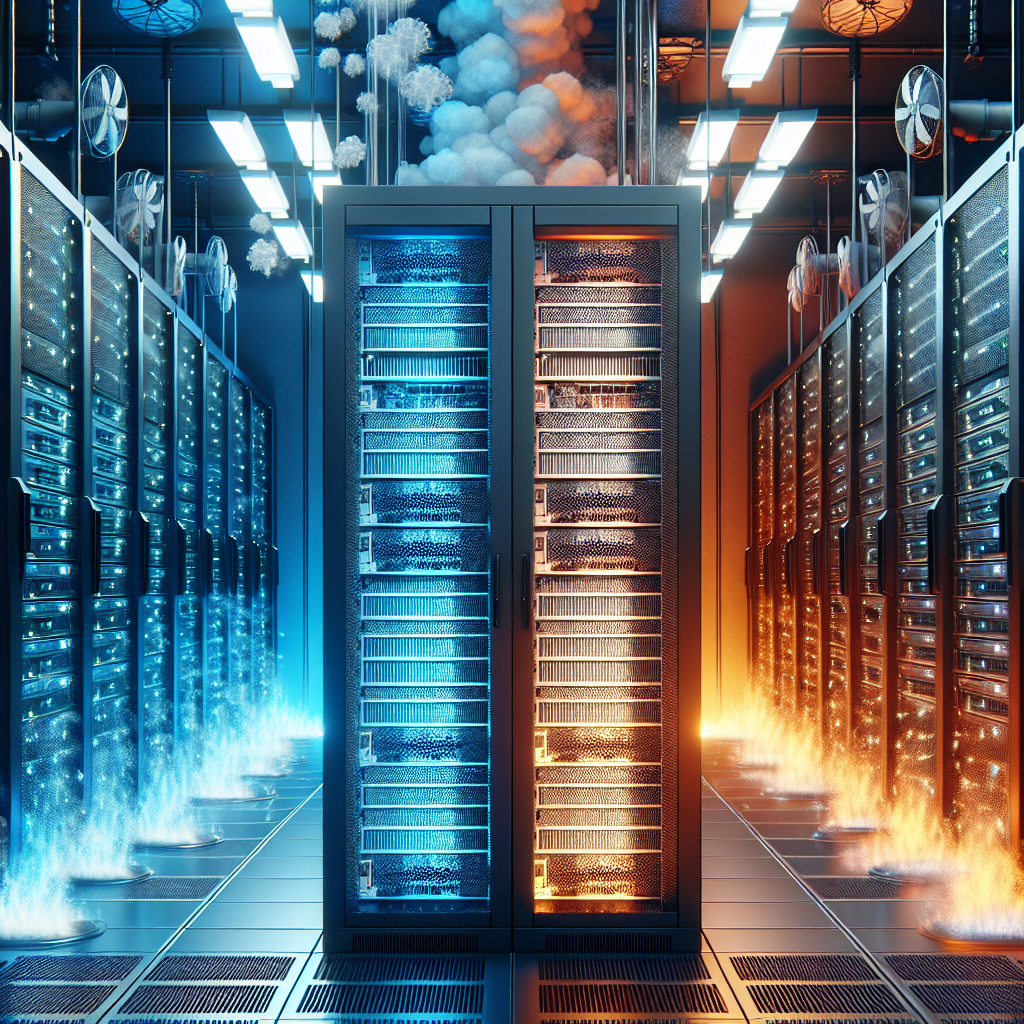How Data Center Cooling Impacts Performance and Reliability
Data centers play a crucial role in today’s digital age, serving as the backbone for countless online services and applications. However, ensuring optimal performance and reliability in a data center is not just about investing in state-of-the-art servers and storage solutions. One often-overlooked aspect that can significantly impact data center performance and reliability is cooling.
Data center cooling is essential for maintaining the optimal operating temperature of servers and other equipment. When servers run too hot, they can experience thermal throttling, which reduces their processing power and can lead to performance degradation. In extreme cases, overheating can even cause hardware failures, resulting in costly downtime and data loss.
Proper cooling is also crucial for ensuring the reliability of data center equipment. Excessive heat can shorten the lifespan of servers and other components, leading to more frequent hardware failures and the need for costly replacements. By maintaining the right temperature and humidity levels, data center cooling systems can help extend the life of equipment and reduce the risk of unexpected downtime.
There are several different approaches to data center cooling, each with its own benefits and drawbacks. Traditional air-cooling systems rely on cooling fans and air conditioning units to maintain the desired temperature. While relatively simple and cost-effective, air cooling can be less energy-efficient and less effective at removing heat from densely packed server racks.
Liquid cooling systems, on the other hand, use water or other liquids to absorb and dissipate heat from servers. Liquid cooling can be more energy-efficient and effective at managing high-density server environments, but it also requires more complex infrastructure and maintenance.
Another emerging trend in data center cooling is the use of free cooling, which relies on ambient air temperature to cool servers instead of traditional air conditioning units. Free cooling can be more cost-effective and environmentally friendly, but it may not be suitable for all climates or data center configurations.
Ultimately, the choice of cooling system will depend on factors such as the size and layout of the data center, the heat load generated by servers, and budget constraints. Regardless of the approach taken, data center operators must prioritize cooling to ensure optimal performance and reliability.
In conclusion, data center cooling is a critical factor in maintaining the performance and reliability of mission-critical IT infrastructure. By investing in the right cooling systems and practices, data center operators can minimize the risk of downtime, extend the lifespan of equipment, and ensure the smooth operation of their facilities.


